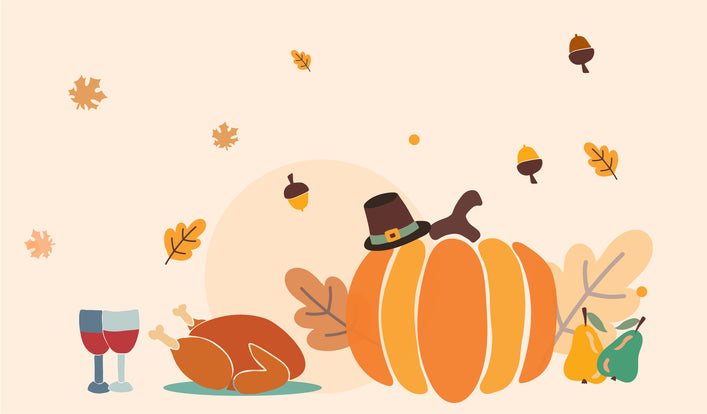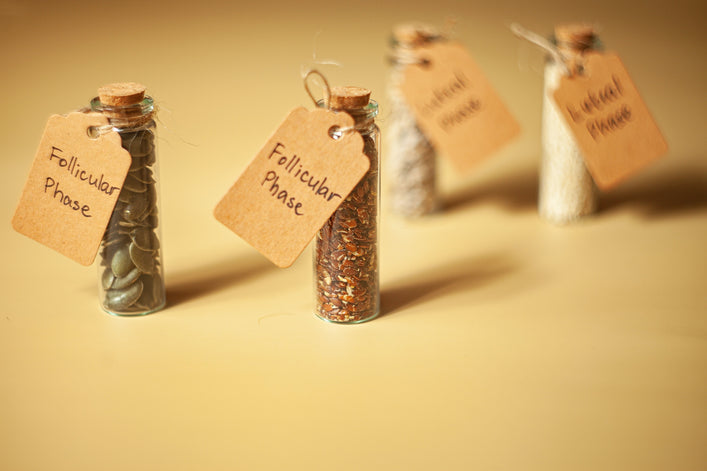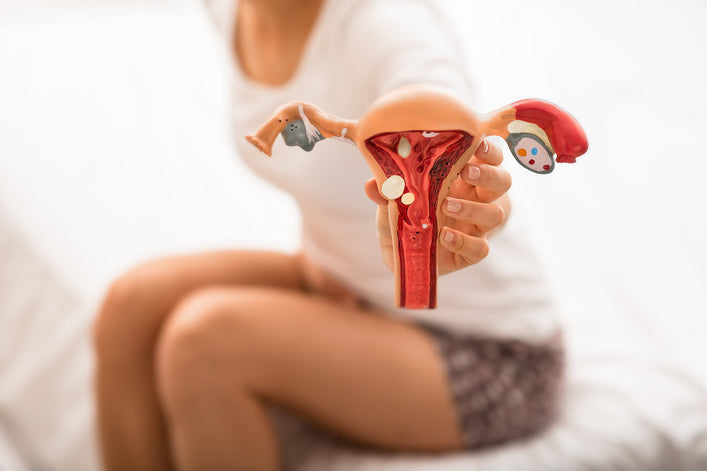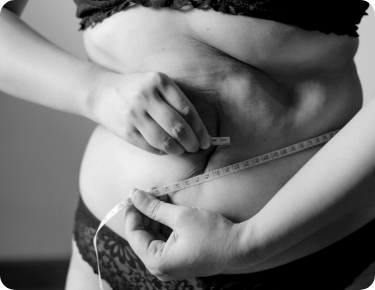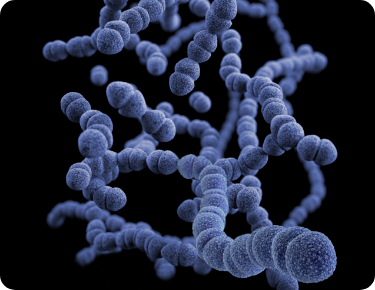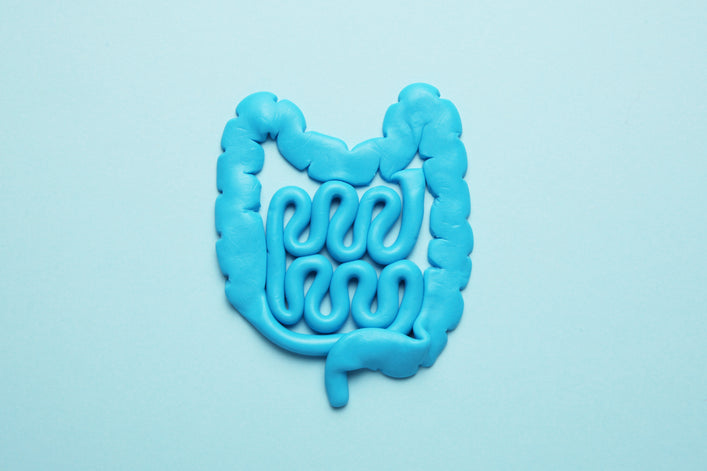Understanding your cravings with Digbi
At Digbi, we know that food cravings aren’t just about willpower; they’re tied to your gut health, stress hormones, and in many cases, your hormonal cycle. Whether you're trying to lose weight, manage metabolic markers, or reduce inflammation, cravings can feel like your biggest roadblock.
For our female members, these cravings often intensify during a specific time in the menstrual cycle: the luteal phase, or the 10–14 days between ovulation and your period. Understanding why this happens and how to support your body during this time can be a game-changer for your health journey.
Why you crave more before your period
In the luteal phase, your body experiences:
- A drop in estrogen
- A rise in progesterone
- A heightened cortisol response (your stress hormone)
These shifts can lead to increased appetite, slower digestion, mood changes, and a gut that's more reactive. You might notice yourself reaching for sugar, salty snacks, or comfort foods more than usual.
Digbi Tip: Open the Digbi Health app and track your cravings this week. Are they tied to your cycle? Your coach can help identify patterns and gut triggers.
The Gut-Hormone-Craving Feedback Loop
Here’s what’s happening behind the scenes:
- Cortisol sensitivity increases during the luteal phase → stress hits harder.
- Gut barrier weakens → more bloating, more inflammation.
- Serotonin production drops → lower mood and more emotional eating.
- Cravings spike → usually for sugar and fat.
- Those foods feed the wrong gut bacteria, reinforcing the cycle.
Your gut is also where 90% of serotonin is made. So when your microbiome is off, your mood and hunger signals can go haywire.
Probiotic & Adaptogen Support the Digbi Way
Probiotics to Strengthen Your Gut: Targeted probiotic support during the luteal phase can help:
- Lactobacillus gasseri – reduces belly bloating and supports metabolism.
- Bifidobacterium bifidum – helps regulate mood and inflammation.
- Eat fermented foods like kefir, kimchi, and miso.
- Add prebiotic fiber – think garlic, onions, oats, bananas.
Digbi Tip: Check your Digbi Gut Report. If you’re low in these strains, your cravings may be more intense.
Adaptogens to Lower Cortisol: Adaptogens are plant-based compounds that support your body’s stress response:
- Ashwagandha – balances cortisol and helps reduce anxiety.
- Rhodiola – supports mental clarity and energy.
- Holy Basil (Tulsi) – lowers blood sugar and emotional eating.
- Reishi – promotes sleep and immunity.
Add them to a warm drink during your premenstrual week for extra support!
What to eat when you're craving everything
Replace mindless snacking with intentional nourishment:
| Craving | Try This Instead | Why It Works |
|---|---|---|
| Sugar | Greek yogurt + berries | Protein, probiotics, and natural sweetness. |
| Salty snacks | Roasted chickpeas or seaweed snacks | Crunchy, satisfying, and gut-friendly. |
| Fried foods | Avocado toast on whole grain bread | Healthy fats + fiber = satisfaction. |
| Chocolate | Dark chocolate (70%+) + almonds | Magnesium + healthy fats calm nerves. |
Digbi Tip: Try the new “Ask Digbi” feature! Your personal health assistant is now smarter than ever. Simply ask for snack swaps that align with your unique gut microbiome, support hormonal health, and honor your dietary exclusions. Whether you're avoiding gluten, dairy, sugar, or just want healthier alternatives, “Ask Digbi” makes it effortless.
Cycle-Smart Recovery Tips for Digbi Members
- Track cravings and symptoms in the Digbi app
- Don’t skip meals – stabilize blood sugar and cortisol
- Start your day with protein and fiber
- Add fermented foods and prebiotics
- Try a gentle walk or yoga flow during this phase
- Sleep 7–9 hours to reset your metabolism and gut



